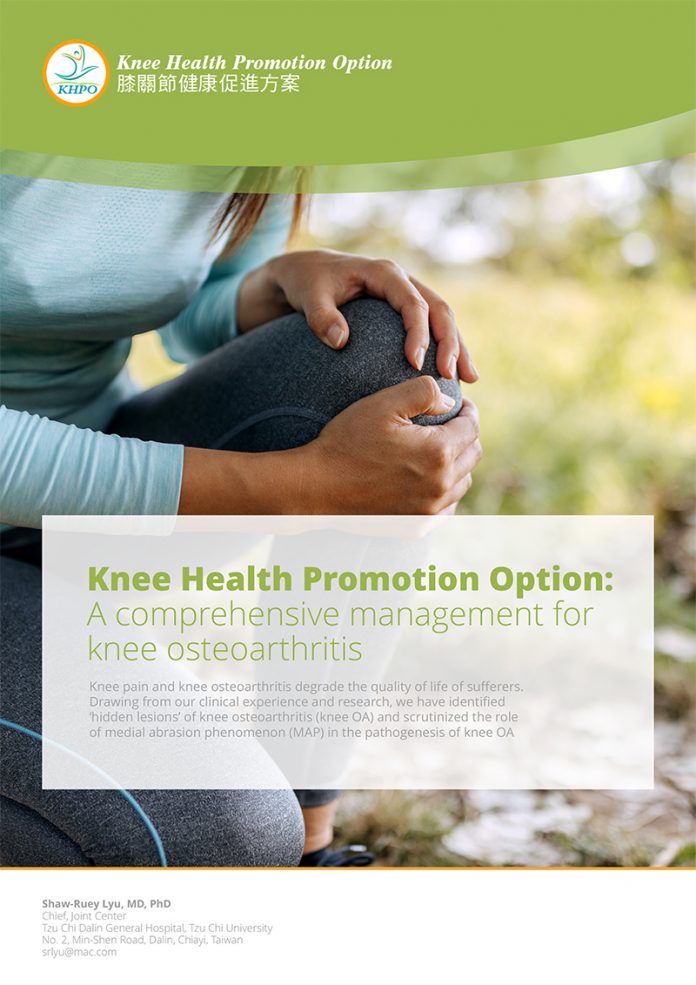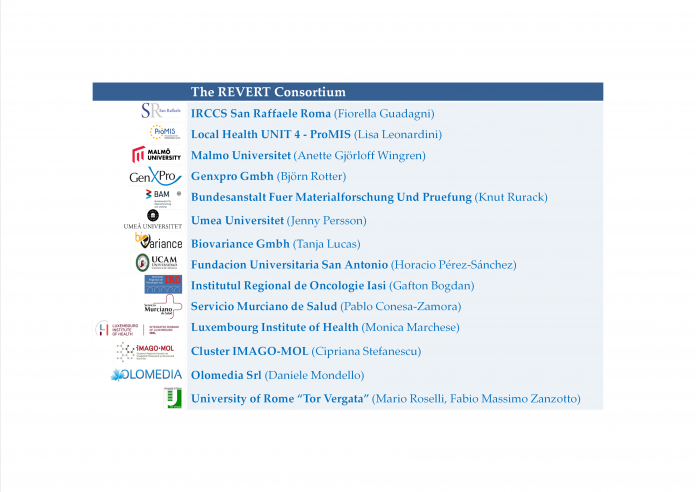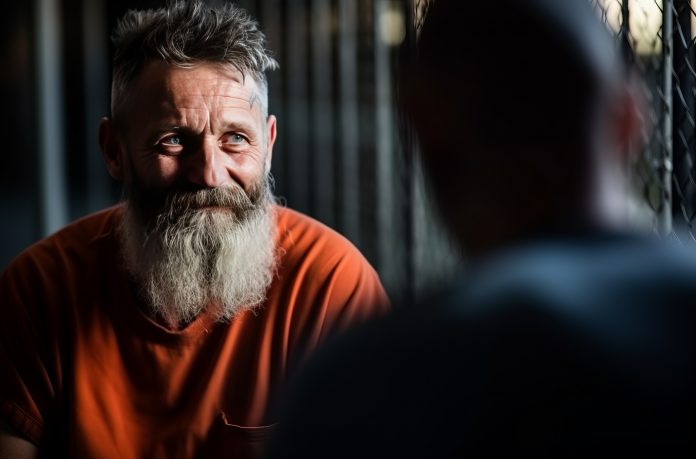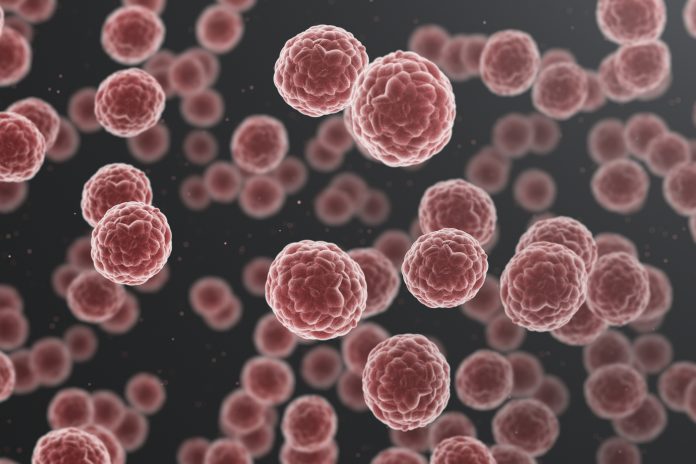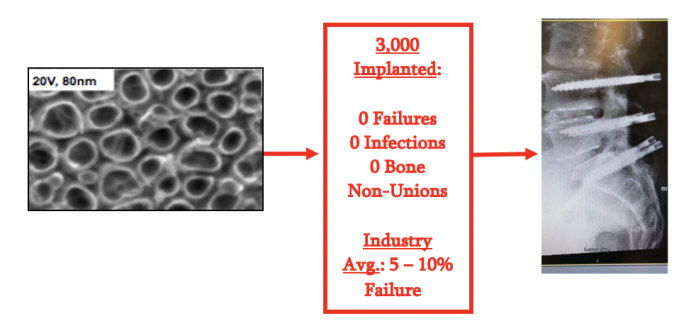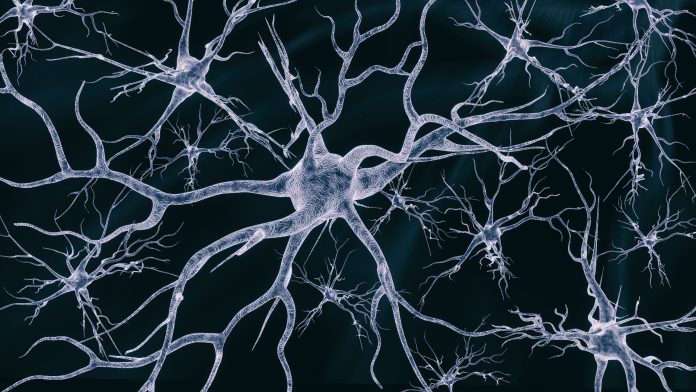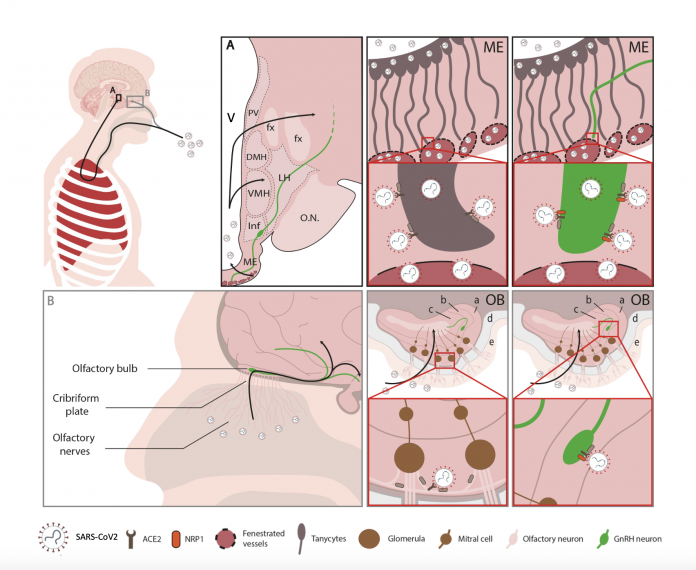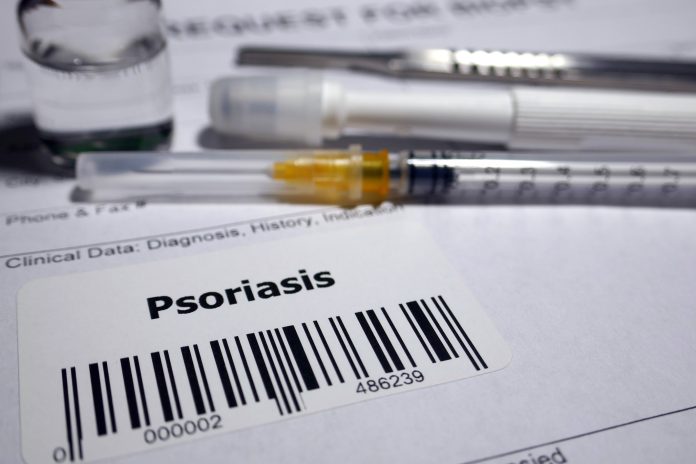Home Search
gene therapy - search results
If you're not happy with the results, please do another search
Knee health promotion option: A comprehensive management for knee osteoarthritis
Knee pain and knee osteoarthritis degrade the quality of life of sufferers. Drawing from our clinical experience and research, we have identified ‘hidden lesions’ of knee osteoarthritis (knee OA) and scrutinized the role of medial abrasion phenomenon (MAP) in the pathogenesis of knee OA.
How does our diet and lifestyle affect our hair growth?
According to hair stylists, 68% of women are unhappy about their hair. How women feel about our hair correlates strongly with our feelings. The most common complaints are that our hair is 'too dry', 'it's falling out', or it 'grows too slowly'.
The European Revert Project: Assisting clinicians in patient treatment
Starting in January 2020, the European REVERT project is now in its final phase. The project blends predictive medicine and AI to enable clinicians to quickly and adequately treat patients.
Offender-led religious movements: Why we should have faith in prisoner-led reform
Byron R. Johnson and Sung Joon Jang, both from Baylor University and Pepperdine University, suggest that the solution to criminal justice reform could lie in the prisoner-led faith programmes, which provide positive, cost-efficient rehabilitation.
How dietary restriction protects the brain and delays ageing
Researchers at the Buck Institute have revealed a link between dietary restriction, a gene called OXR1, and the preservation of brain health.
Unraveling the potential of antisense therapies to target neuropilin 1 in the fight against...
Secarna Pharmaceuticals, the next-generation antisense drug discovery and development company, is developing novel approaches to successfully target Neuropilin 1 (NRP1), a promising target for the treatment of cancer.
Opinion: Do universities help or hurt innovation?
Do Universities help or hurt innovation? Find out in this 25-year academic entrepreneur’s anecdotal perspective of starting companies and developing implants. Thomas J. Webster shares his opinion here.
Building resilience: Key to protecting adolescent mental health
Essi Viding, Pasco Fearon, Tom Wu, Alexander Lloyd, Laura Lucas, Roslyn Law, and Jaime Smith discuss new approaches to preventing adolescent mental health problems from emerging.
Breaking the stigma: Men’s mental health matters
Dr Deborah Lee from Dr Fox Online Pharmacy discusses men’s mental health, including common barriers to seeking help and the measures needed to improve overall awareness and support.
Secarna aims to expand the therapeutic toolbox against cancer
Current oncology treatments have significantly improved cancer survival rates, but more effective and safer therapeutics are needed.
Exploring HER-096: A novel approach to Parkinson’s Disease
Parkinson’s disease, a progressive neurodegenerative disorder, poses significant challenges for both patients and researchers. In a recent interview with Henri Huttunen from Herantis Pharma Plc, we delved into the intricacies of their potential novel disease-modifying therapy, HER-096.
Brain infection by SARS-CoV-2: Lifelong consequences
The WATCH team, founded to elucidate the role played by specialized brain cells called tanycytes in various physiological processes, has been investigating how and where the SARS-CoV-2 virus infects the brain, and some long-term consequences of this neuro-invasion.
Navigating the landscape of digital mental health care: Co-creation and human rights as guiding...
Digital technologies have emerged as a promising solution to transform mental health systems and meet our populations’ increasing mental health needs. Francesca Centola, Policy and Knowledge Officer at Mental Health Europe, outlines the principles that should guide such a digital transformation.
Understanding psoriasis: Symptoms, causes, and treatments
Psoriasis is a chronic immune-mediated inflammatory disease that can impact sufferers’ mental and physical health. We discuss the complexity of the condition as well as the emergence of effective treatments with the national UK charity The Psoriasis Association.
Personalised treatment shows promising results in leukaemia trial
A new personalised treatment has been discovered for the most common form of adult leukaemia, which has been found to help patients live longer.
Addressing ageism in healthcare through gerontological nursing
Sherry Dahlke, Associate Professor at the Faculty of Nursing, University of Alberta, discusses the impact of ageism in healthcare and why gerontological nursing education is vital for improving awareness and patient care.
Enhancing cancer care through genomic testing
Simon Holt, Honorary Professor at Swansea University, reflects on the key challenges within cancer care and the benefits of genomic testing in improving patient outcomes.
New AI system can diagnose Autism earlier
A new Artificial intelligence (AI) system has been designed to examine specialised brain MRIs and proved accurate in diagnosing autism in children aged 24 to 48 months.
Understanding T lymphocytes inner workings to harness therapeutic potential
Leslie J. Berg, PhD from the University of Colorado, Anschutz School of Medicine, sheds light on understanding the inner workings of T lymphocytes to harness their therapeutic potential.
Leslie J. Berg, PhD – University of Colorado, Anschutz School of Medicine
Dr. Berg is currently Professor and Chair of the Department of Immunology & Microbiology and Director of the Human Immunology and Immunotherapy Initiative at the University of Colorado-Anschutz School of Medicine
She received her B.A. degree in Biology from Harvard University and her Ph.D. degree in Molecular Biology from the...


